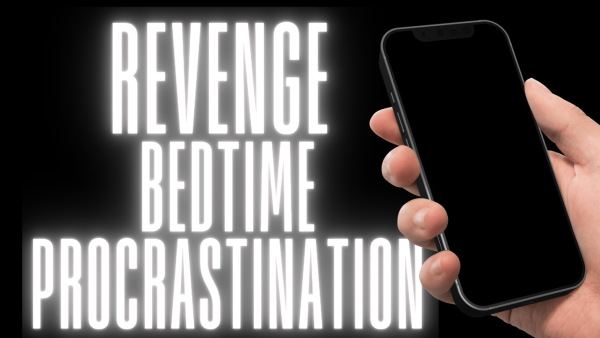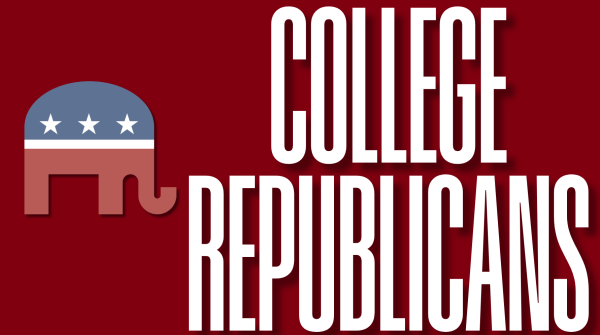Sexism in Women’s Health Care
Last April, the Food and Drug Administration (FDA) and Centers for Disease Control and Prevention (CDC) temporarily paused the distribution of the Johnson & Johnson COVID-19 vaccine because six of its 7 million recipients developed a blood clotting disorder. At the time, the Ram commended the FDA and CDC for their careful choice amidst vaccine skepticism. Looking back on this decision several months later, though, we have another question: Where’s the abundance of caution when it comes to women’s health care?
Women using hormonal birth control methods run a much higher risk of developing blood clots. The rate is roughly one in 1,000 — more than a thousand times higher than the Johnson & Johnson vaccine — yet contraceptives containing estrogen and progestin are regularly prescribed to women and girls nationwide.
In contrast, an experimental birth control treatment for men was cut short due to side effects. Researchers cited a link between the hormonal injections and depression as their reason for shutting down the study. However, studies have also shown connections between female birth control and depression. So why was this only deemed an unreasonable, unsafe risk for men?
The risks themselves are less troubling than women’s concerns being swept under the rug. Unfortunately, this negligence has become an alarming theme across women’s health care, and it applies to much more than just reproductive health. Women’s health issues are brushed aside due to historical and present-day sexism in medicine. If we want to achieve a healthier world, we must address this issue.
Doctors are more likely to dismiss women’s concerns and queries about their own health. It starts at the beginning of each appointment: the first thing any doctor asks a woman, regardless of what she’s seeking treatment for, is the date of her last menstrual period. When female patients describe what’s wrong, doctors point to hormones as the root issue; when women complain about pain, doctors are less likely to give them strong painkillers. Women are thought to be untrustworthy on the subject of their own health.
This is the result of a systemic lack of attention to how health issues impact women. Medicine is a historically male profession, and as such, a disproportionate amount of medical research surrounds men’s health. While this is a historical bias, it carries through to modern times — science still focuses less on female bodies than it does male ones.
Medical sexism especially applies to women of color, who experience medical discrimination on the basis of both their race and gender. Biology and anatomy refer to white men as model patients, and anyone outside of those parameters receives less attention.
Researchers who ignore the differences between men’s and women’s health have led to deadly consequences. For instance, heart attack symptoms vary between men and women. As a result, many women don’t know when they’ve had a heart attack, and doctors are more likely to misdiagnose those who seek medical attention.
Make no mistake: misogyny is the reason why women’s health remains secondary to men’s. Past medical research ignored women’s health because it was considered less important, and current medical professionals who brush off women’s concerns are the direct result of that neglect. Male birth control trials were abandoned because researchers thought the side effects were too dangerous; on the other hand, women are expected to handle the side effects that come with reproductive responsibility.
When doctors pin issues on raging hormones, they reach back to the diagnosis of female hysteria — the catch-all for women’s unexplained health issues. We have long since rejected female hysteria as a flawed, sexist diagnosis. It’s time we recognize its remnants in current medical practice. Until we correct the biases that underscore health care, women will continue to suffer at the hands of doctors who dismiss and misdiagnose the issues they suffer.











































































































































































































